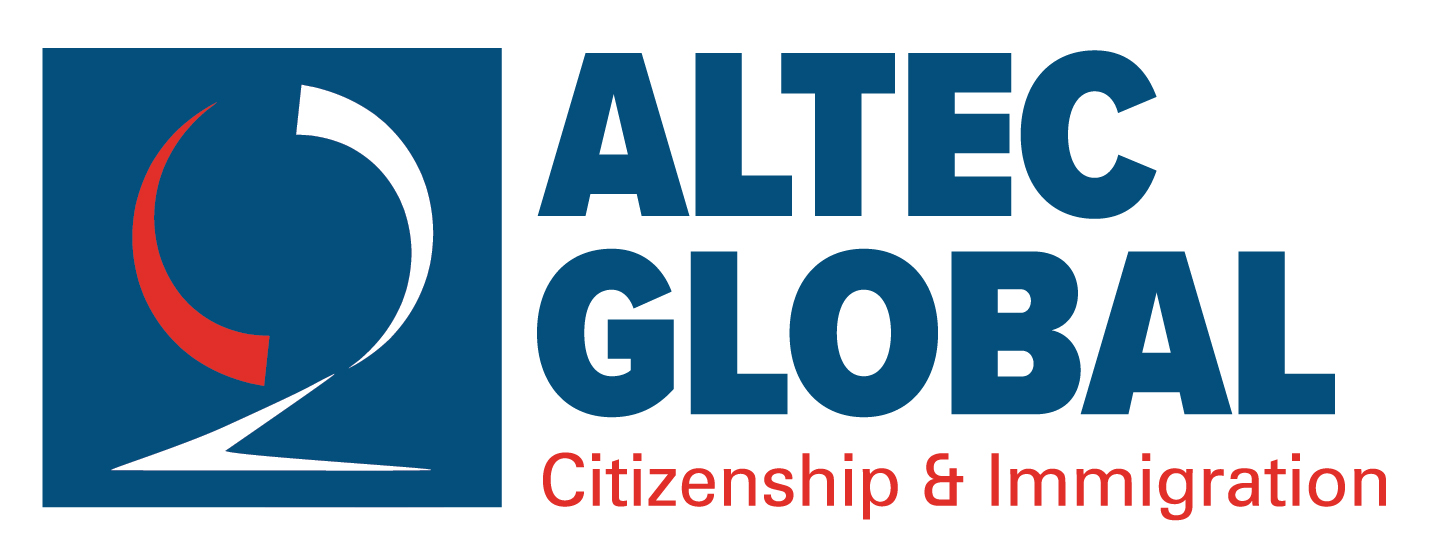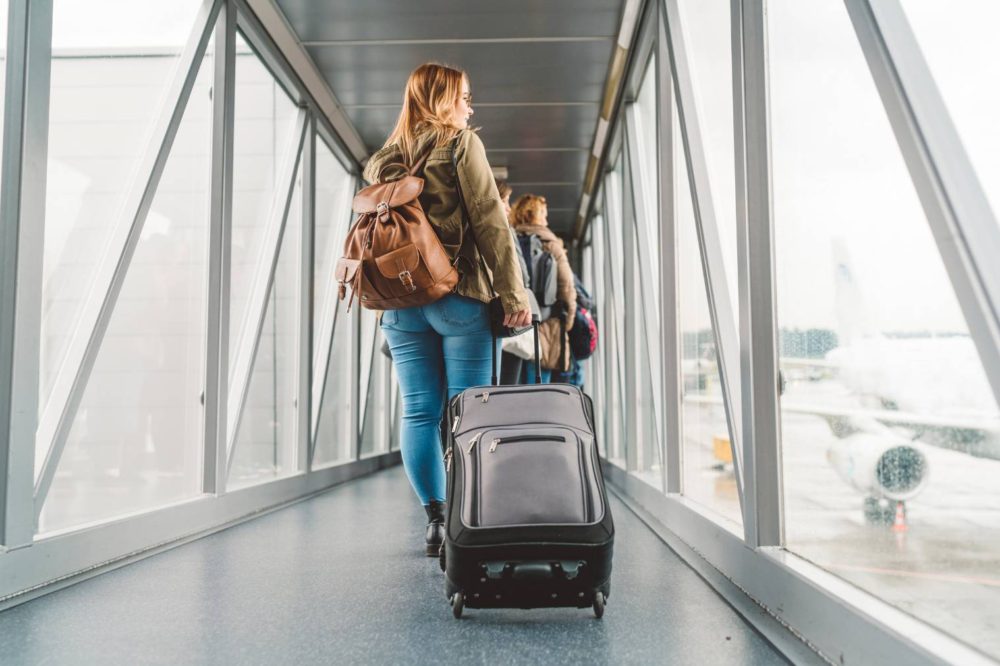Embarking on your journey to Canada, whether as a permanent resident, work permit holder, or student, is an exciting but intricately regulated process. It’s crucial to be well-prepared, and understand the documentation and procedures required for a smooth landing. In this comprehensive guide, we’ll break down the essentials for different categories of newcomers, ensuring you’re well-informed and ready to start your Canadian adventure.
Arriving as a New Permanent Resident: What You Need to Know
If you’re approved for Canadian permanent residence, the Confirmation of Permanent Residence (COPR) is your key document. Ensure you travel to Canada before the COPR’s expiration, usually one year from issuance. If you’re already in Canada, an e-COPR will be issued, allowing you to virtually confirm your new PR status through an online portal.
For countries requiring a visa, it’s included with your COPR. If an Electronic Travel Authorization (eTA) is needed, secure it before your journey. Confirming your PR status is mandatory for those already in Canada, and you’ll be contacted by Immigration, Refugees, and Citizenship Canada (IRCC) via the provided email or phone number.
Arriving as a Work Permit Holder: Preparing Your Documentation
Work permit holders should ensure they have the following documents when arriving in Canada:
- Passport
- Visitor visa or eTA (if required)
- Relevant travel documents
- Proof of meeting job requirements (work experience or education)
- Copy of the employer’s Labour Market Impact Assessment (LMIA) or a Certificat d’acceptation du Quebec (CAQ) for Quebec workers
- Offer of employment number for LMIA-exempt employment
Work permit holders might need to show proof of their permit’s approval. A Letter of Introduction (LOI), not the permit itself, serves as this proof. Convincing the border services officer to meet entry requirements and depart Canada after the approved stay is crucial.
Arriving as a Study Permit Holder: Ensuring a Smooth Entry
For those arriving on a study permit, the checklist includes:
- Valid travel document (passport)
- LOI from the visa office with the permit reference number
- Copy of the school’s acceptance letter
- Required documents requested by the visa office
- Valid visitor visa, eTA, or equivalent travel document
- Adequate funds for the stay
- Good health and a clean record
- Immigration medical exam result (if applicable)
Demonstrating significant ties to the home country and the intent to leave Canada post-studies is essential.
Belongings and Declarations: Navigating CBSA Regulations
Newcomers can bring belongings but must fill a Canada Border Services Agency (CBSA) declaration. Pay attention to regulations around foods and edible goods. Declarations help newcomers declare larger assets without paying taxes. A “Goods to Follow” list aids in declaring assets arriving later, presented to CBSA with a receipt at the airport and port of entry.
There’s no limit on cash, but any amount exceeding CAD 10,000 must be declared to CBSA.
A Seamless Transition Awaits
Arriving in Canada is a significant step, and preparation is key to a smooth transition. Understanding the specific requirements for your status—be it permanent resident, work permit holder, or student—ensures you’re well-equipped for a successful start to your Canadian journey. Keep these guidelines handy and embrace the adventure that awaits in the Great White North!


Recent Comments